🛠️ Case Study: How NORVI Controllers Helped an OEM Streamline Production
Legacy Machines to Smart Machines with NORVI Controllers 🧾 Client Overview The client is a coffee machine manufacturer based in Thailand, producing automatic coffee brewing
There are three types of NORVI Expansion modules are available as follows;

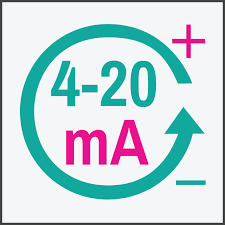
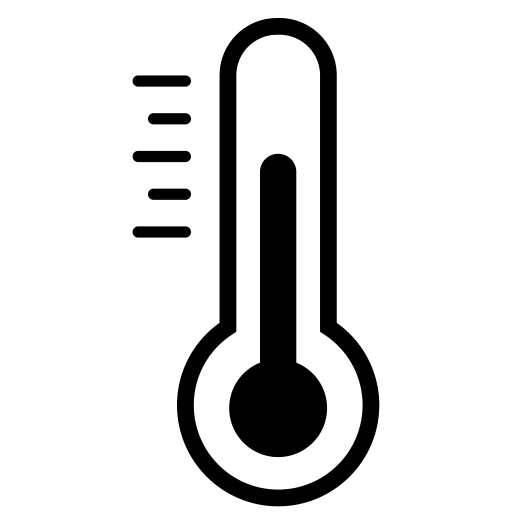

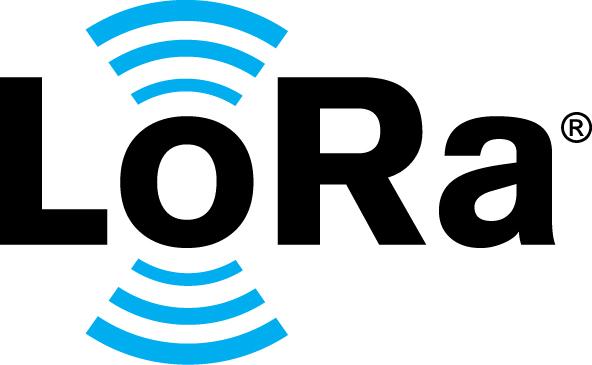
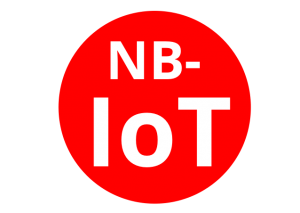
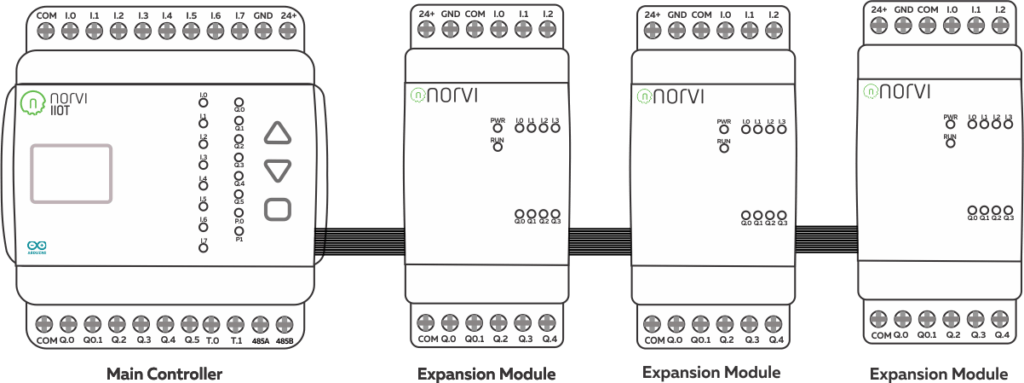
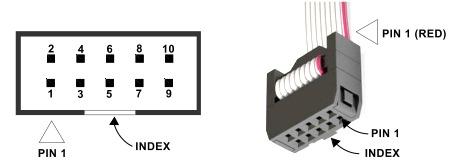
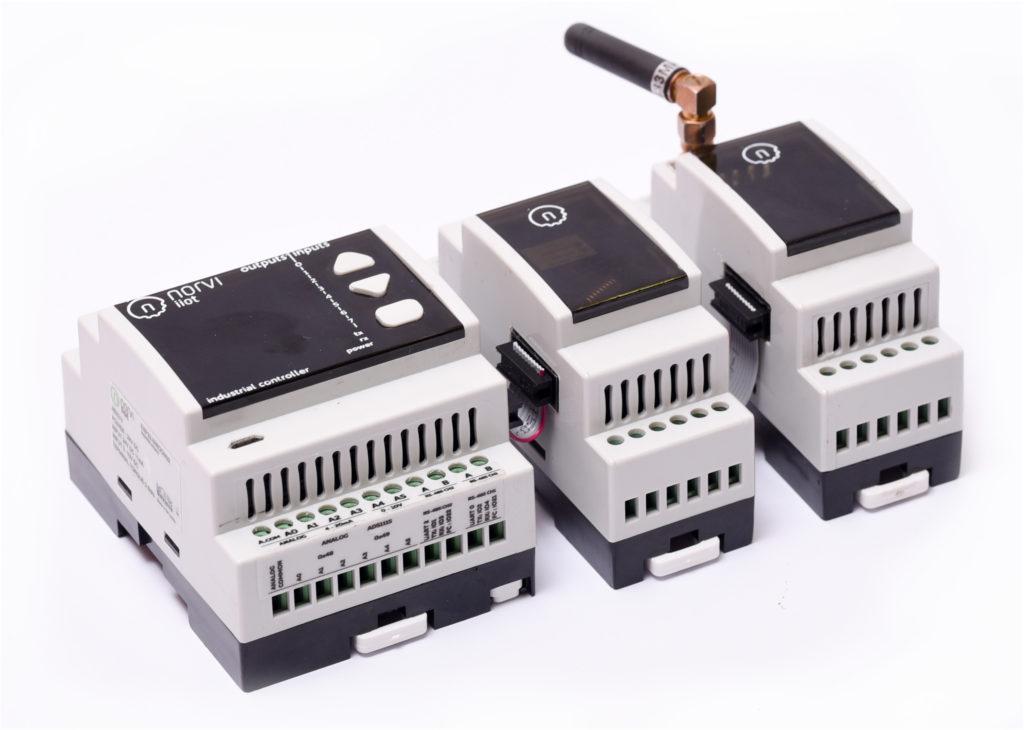

The LoRa communication module provides ultra-long-range spread spectrum communication and high interference immunity while minimizing current consumption. The module is certified by the EN.

Nb-IoT communicaon module with the BC95-G provides ultra low power communicaon interface for NORVI controllers. The module supports the global bands making it applicable around the world with a super high sensivity.
I2C Interface with controller

4 channel 0 – 10V inputs with ADS1115 16 bit ADC provides high accuracy analog inputs.
I2C Interface with controller

4 channel 0 – 10V inputs with ADS1115 16 bit ADC provides high accuracy analog inputs.
I2C Interface with controller

2 channel thermocuple interface, with cold juncon compensaon, straight temperature readouts with 0.25′ C resoluon.
I2C Interface with controller

2 channel load cell interface with HX711 24 bit ADC
I2C Interface with controller
Coverage and Range: LoRa (Long Range) technology excels in providing long-range communication capabilities, making it ideal for projects that require connectivity over large distances or in areas with limited infrastructure. NB-IoT (Narrowband IoT) operates on existing cellular networks and offers better coverage in urban areas but may have limitations in remote or rural locations.
Power Consumption: NB-IoT typically consumes less power compared to LoRa, making it suitable for battery-operated devices or applications where power efficiency is critical. LoRa, on the other hand, is more suitable for applications where power consumption is less of a concern, but long-range communication is essential.
Data Rate and Bandwidth: LoRa provides higher data rates and bandwidth compared to NB-IoT, allowing for faster transmission of large volumes of data. If your project requires high-speed data transfer, LoRa may be the preferred choice. However, NB-IoT’s lower data rates are often sufficient for applications that involve periodic transmission of small data packets, such as sensor readings.
Cost: LoRa modules and infrastructure may have lower upfront costs compared to NB-IoT, as LoRa operates on unlicensed spectrum, reducing the need for expensive cellular subscriptions or infrastructure. Analog input expansions, depending on the specific components and implementation, can offer a cost-effective solution for projects with simpler requirements or budget constraints.
Interference and Regulation: LoRa operates in the unlicensed ISM (Industrial, Scientific, and Medical) bands, which may be susceptible to interference from other devices operating in the same frequency range. NB-IoT operates on a licensed spectrum, providing better immunity to interference but requiring compliance with cellular regulations and potential subscription costs.
Sensor Compatibility: Analog input expansions allow for direct interfacing with analog sensors, making them suitable for projects that require integration with a wide range of analog sensors without the need for additional digital conversion hardware. However, LoRa and NB-IoT modules may require additional sensors or interfaces to connect to analog sensors, adding complexity and cost.
Legacy Machines to Smart Machines with NORVI Controllers 🧾 Client Overview The client is a coffee machine manufacturer based in Thailand, producing automatic coffee brewing
Custom Electronics give startups a competitive edge, with better scalability, efficiency and unique differentiation.
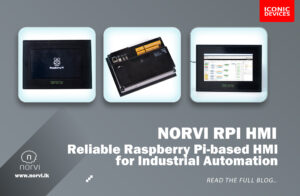
The NORVI RPI Industrial Controller offers a versatile, Raspberry Pi-based Human-Machine Interface (HMI) tailored for industrial automation engineers. Combining the flexibility of Raspberry Pi with
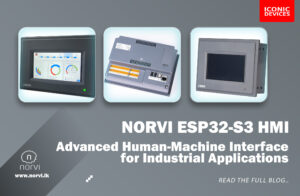
In Industrial Automation, Advanced Human-Machine Interface (HMI) play a crucial role in facilitating control and monitoring of processes. The NORVI ESP32-S3 HMI is designed to
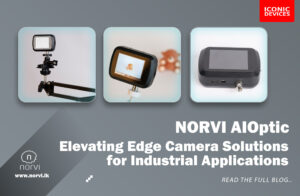
In the realm of industrial automation and IoT, reliable and powerful edge devices are paramount. The NORVI AIOptic-Edge Camera Solutions, based on the ESP32-S3, offers
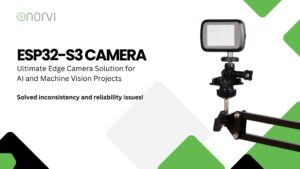
When working on AI and machine vision projects, consistency and reliability are key. However, many ESP32-based camera modules available on the market today fall short,
We use cookies to improve your experience on our site. By using our site, you consent to cookies.
Websites store cookies to enhance functionality and personalise your experience. You can manage your preferences, but blocking some cookies may impact site performance and services.
Essential cookies enable basic functions and are necessary for the proper function of the website.
Google reCAPTCHA helps protect websites from spam and abuse by verifying user interactions through challenges.
Google Tag Manager simplifies the management of marketing tags on your website without code changes.
WooCommerce is a customizable eCommerce platform for building online stores using WordPress.
Statistics cookies collect information anonymously. This information helps us understand how visitors use our website.
Google Analytics is a powerful tool that tracks and analyzes website traffic for informed marketing decisions.
Service URL: policies.google.com
SourceBuster is used by WooCommerce for order attribution based on user source.
Marketing cookies are used to follow visitors to websites. The intention is to show ads that are relevant and engaging to the individual user.
You can find more information in our Cookie Policy and NORVI CONTROLLERS Privacy Policy.